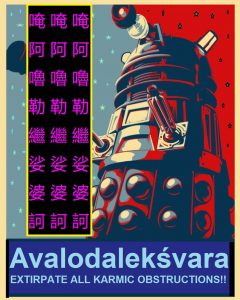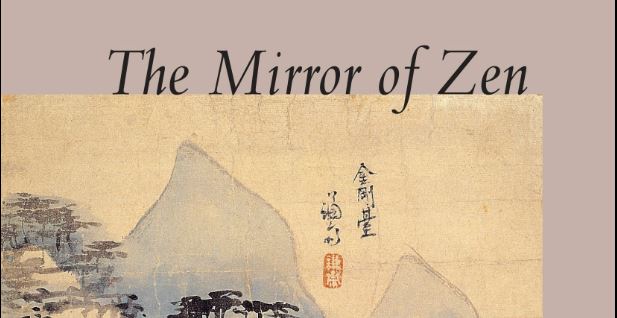禪 = chán
者 = zhě = “is defined as” (Used after a term, to mark a pause before defining the term)
淨土 = jìngtǔ = Pure Land
之 = zhī = possessive particle
Zhongfeng Mingben (中峰明本 1263-1323)
See: The Nianfo in Ōbaku Zen: A Look at the Teachings of the Three Founding Masters by James Baskind


